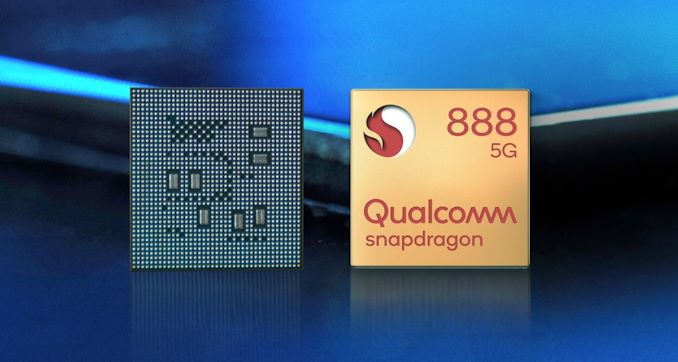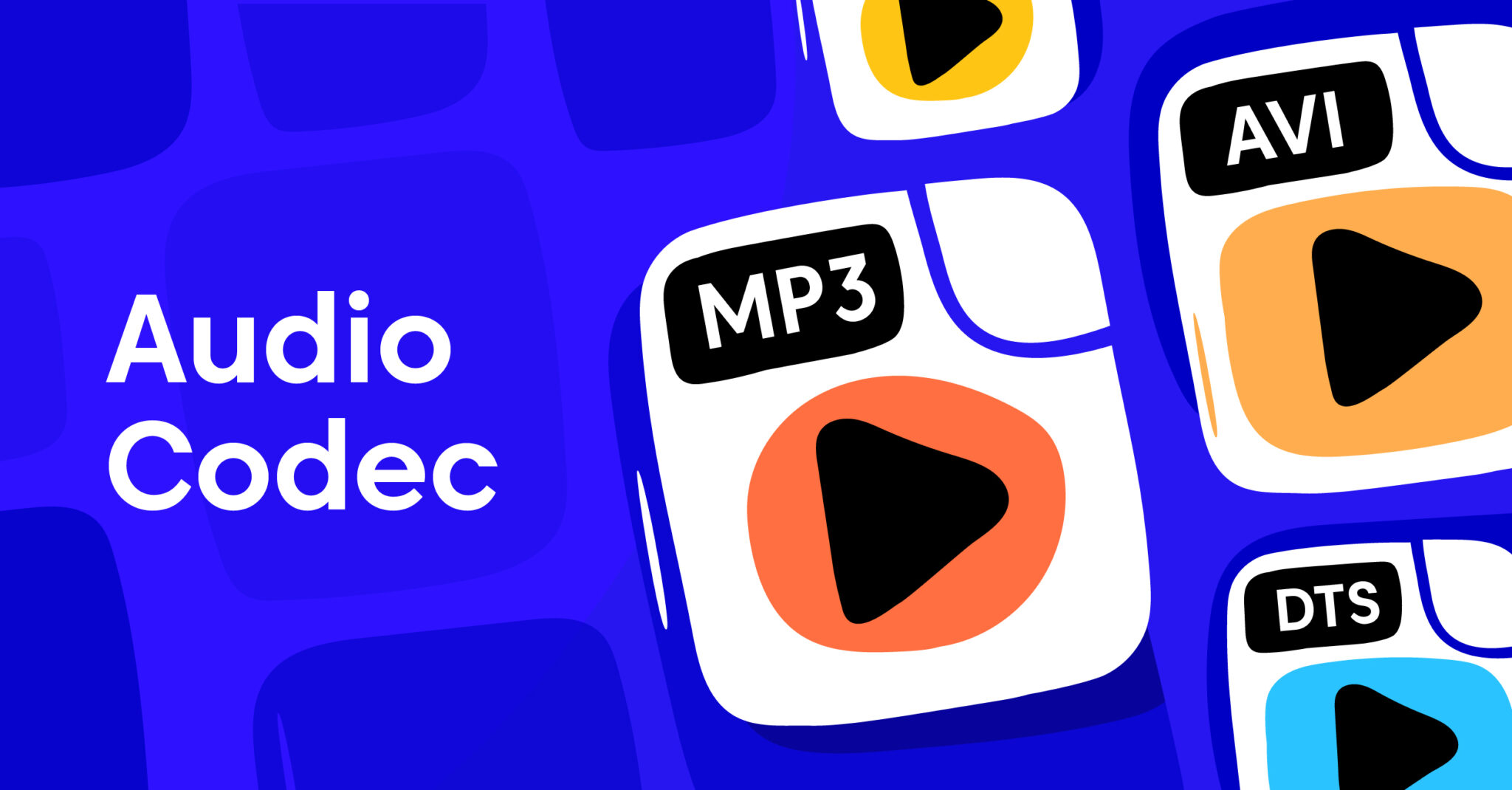As a hot smart home standard, Matter is promoted by the Connectivity Standards Alliance (CSA), which is committed to solving the connection problem between different smart home appliances and devices across platforms and ecosystems.
As a leading supplier of IoT chips, MediaTek also supports the Matter protocol in its Genio 130/130A (MT7931/MT7933) products, and is compatible with commercially available smart home products such as Google Nest Hub, providing more convenient connectivity for smart home devices.

MediaTek's Genio 130/130A (MT7931/MT7933) microprocessors are based on the Arm Cortex-M33 architecture processor with a clock time of up to 300MHz and built-in SRAM of up to 8MB to provide high-performance computing power.
Genio 130A (MT7933) also supports wireless connectivity technologies such as WiFi 6 and BT 5.2, and the new version of the SDK already supports Matter technology, which enables the product to seamlessly connect to other devices on the smart home platform across platforms, enhancing product value.
In addition, the built-in HiFi4 DSP of Genio 130A (MT7933) greatly improves the efficiency and accuracy of speech recognition. In addition, it can also be integrated with the WiFi function with the Amazon Alexa intelligent voice assistant to provide cloud voice recognition services. Its voice assistant function also provides voice control for Matter.

MediaTek Genio 130/130A (MT7931/MT7933) with:
Arm Cortex-M33 processor, 300MHz TERM
Embedded 1MB SRAM and 8MB UHS(Ultra High Speed) PSRAM
WiFi 6 with dual-band IEEE 802.11 a/b/g/n/ac/ax 2.4G/5G connectivity subsystem
Bluetooth connectivity subsystem
Audio Cadence® Tensilica® HiFi4 DSP@600MHz (Note 1)
Hardware Cryptographic Engine (AES/DES/3DES/SHA/ECC/TRNG)
Power management unit
Support USB 2.0 OTG (Note 1)
Rich peripheral interfaces such as: USB, SDIO, SPI master/slave, I2C, I2S, UART, AUXADC, PWM and up to 46 sets of GIPO
Provide FreeRTOS and Arduino development SDKs and a number of sample projects to shorten the development time
Note 1: HiFi4 DSP and USB 2.0 are the functions supported by MT7933.
This solution starts from setting up the environment, using the MT793X FreeRTOS SDK v3.1.0, importing it into the Matter project connecthomeip, compiling the Matter sample lighting_app, and burning the firmware into the MT7933 development version, so that the MT7933 development version can be connected to the Google Nest Hub as a Matter device.

Implementation process:
Environment setup
Operating System: Linux 22.04 or newer

Related kits: git, gcc, g++, pkg-config, libssl-dev, libdbus-1-dev, libglib2.0-dev, libavahi-client-dev, ninja-build, python3-venv, python3-dev, python3-pip, unzip, libgirepository1.0-dev, libcairo2-dev, libreadline-dev
Download ConnectHomeIP
Use the following command to download the connecthomeip code
Command:
$ git clone https://github.com/matter-mtk/connectedhomeip.git -b v1.0-branch
$ cd connectedhomeip/
$ git submodule update --init --recursive
Installing ConnectHomeIP via script requires an environment package and setting environment variables
Command:
$ cd connectedhomeip/
$ source scripts/activate.sh
If a message is displayed, the connecthomeip setup is complete.
Import MT793X FreeRTOS SDK
Get the MT793X FreeRTOS SDK and place the SDK in this path: connectedhomeip/third_party/mt793x_sdk/
Command:
$ cd connectedhomeip/third_party/mt793x_sdk/
$ ./build.sh mt7933_hdk matter_sdk 
This project is used to apply MT7933 as the platform side attribute and related resource settings of Matter devices.
Compile Matter example: lighting_app
Command:
$ cd connectedhomeip/examples/lighting-app/genio/
$ source third_party/connectedhomeip/scripts/activate.sh
$ MTK_DEV=y gn gen out/debug && ninja -C out/debug
Once the compilation is complete, the firmware will be generated in out/debug/
Compile Matter example: lighting_app
Before compiling the Matter example, you need to compile the MT793X project: matter_sdk
Burn and launch the MT7933 development version
Burn the firmware generated in the previous step to the MT7933 development version through the Mediatek tool FBTool, and press the reset button on the MT7933 development version to restart it after completion. At this point, the MT7933 has become a Matter device that can connect to the Google Nest Hub.
The MT7933 development version is connected with Google Nest Hub
Create a Google Developer Project and add a Matter project. This solution uses the Lighting device as the Matter device
Use an Android smartphone to connect with Google Nest Hub
CONNECT TO A WIFI AP
Install the "Home" app. Open the APP
Connect to Google Nest Hub from the tutorial steps provided by Google Nest Hub
Get a QR code for connecting your Matter device
From the MT7933 development version log, you can get the QR Code URL for connecting to this Matter device, and you can open the URL first.


Use the "Home" app to join the Matte device
Scan nearby devices by adding and managing them, and then select "Matter-enabled devices".

When a Matter device is found, use your smartphone to scan the previously opened QR Code to add the Matter device.
Wait for the connection to complete, then set the location and name of the Matter device.

Take control of the Matter devie
After completing the previous step, you can directly operate the lamp through the APP or voice.


Other

What is HBM (High Bandwidth Memory)?
2024.09.05

What is Antenna Tuner IC?
2024.09.20

What’s the Difference between LPDDR and DDR?
2024.09.25

Snapdragon 888 5G Mobile Platform
2024.09.26

What is WiFi 6E?
2024.09.26

What is Bluetooth Audio SoC?
2024.09.26

What's HBM3E (High Bandwidth Memory 3)?
2024.09.26

What is an Audio Codec?
2024.10.09







